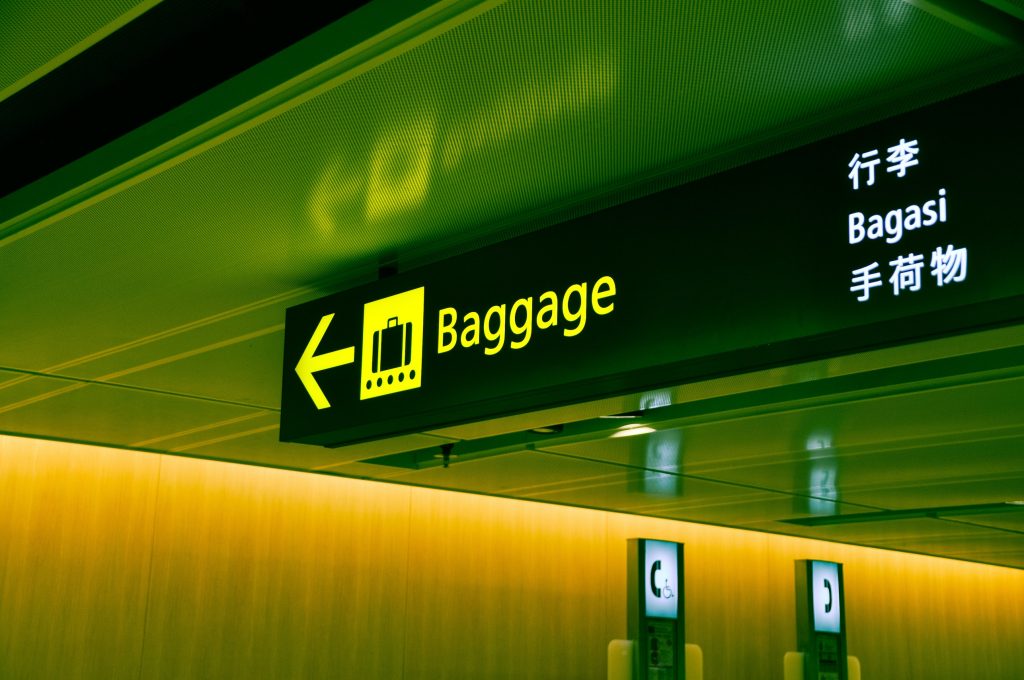Benefits of a bilingual education
As innovations like internet access and international travel become more widely available, the world is more interconnected and globalised than ever before. Bilingualism is at the centre of this interconnection, and the benefits of bilingual education have never been more relevant.
Whilst education for adults is a relevant and important topic, the term education generally conjures one specific audience – children. Studies show that humans are more receptive to the benefits of bilingual education in the first ten years of their life. A child’s brain more easily constructs and cultivates neural networks related to language. This attribute has begun to decline by the time a person reaches their late teens. Bilingualism offers a large number of benefits. In particular, these benefits include opening up new opportunities for travelling, moving abroad, working internationally, and working as a translator. It also allows individuals to develop a greater awareness of meaning and understanding of other cultures.
Research also suggests that when children learn a second language it boosts critical thinking, problem-solving and listening skills. The benefits of being bilingual and understanding other languages also include strong signs of enhanced creativity, memory and concentration.

Source: pixabay
Benefits of Bilingual education in the 21st century
Today, it is common in many countries for students to learn bilingual education in the schooling system. According to research, there are 55 bilingual countries in the world. Of the world population, an estimated 40% are monolinguals, 43% are bilinguals, and 17% speak more than two languages fluently. The most common second language to speak is English, with an estimated 978.2 million people adopting it after their primary language. Around the world, the English language has a great reach and influence. This is why people often learn it as a second language.
Public education is an effective tool to teach children a second language. This works best if their home language is first used for foundational education. Educators often use school time and resources to teach children a second language alongside their other subjects.
Many bilingual parents and households raise children who grow up learning two languages. The Linguistic Society recommends to teach children both languages at the same time. This is because introducing a second language later can make a child think that it’s ‘less important’ than the first.
The benefits of Bilingualism – globally
Across the world, there are many different attitudes to bilingual education between countries and cultures. Many countries, such as Canada and India, which are officially multilingual, still have many monolinguals in their population. Officially, monolingual countries like France can have a large multilingual population. Thus, the official languages of a country do not always accurately represent the languages actually spoken.
In Indonesia, approximately 200 million people speak more than one language. Studies show that over 17% of people speak three. Indonesian is considered the nation’s only official language. However, regional governments have the right to conduct regional language studies in schools.
Many people in Indonesia are bilingual at an early age and speak a local native language with their families. The official Indonesian language is spoken by the population to communicate with people from other regions and is taught in schools. It is, however, also becoming more common for students in Indonesia and other countries to learn English in school. There have been notions to make English mandatory in Indonesian universities, but this has so far gone unrealised.
Many countries also have regional and local languages, such as Brazil and Taiwan. Unfortunately, many of these languages are dying. As a result, learning these languages is important to the identities of specific communities. Certain actions help to keep these languages relevant as a way to retain culture. First Languages Australia suggests: ‘[language] is the medium through which culture is carried and transferred. Stories, songs and the nuanced meaning of words contain the key to understanding one’s world and one’s part within it.’
Conclusion
There is a complicated history of positive and negative press on raising children in bilingual households. This is to the point where some professionals today still recommend against exposing children to two languages. Attitudes against early bilingualism are often based on myths and misinterpretations rather than scientific findings.
One issue sometimes conflated with bilingualism is a lack of access to education in one’s native tongue. Globally, experts estimate that 37% of children in developing countries receive education in a language they do not speak at home. This puts them at a significant disadvantage. However, it is arguable that education access is the root of this issue rather than bilingualism itself.
Throughout the world, there are many different ideas and processes regarding the benefits of bilingualism and multilingualism. Evidence documents extensive advantages for children, and the future of bilingual education looks bright.
At THRIVE Project, we seek to ensure the thrivability of future generations. The issue is multifaceted and many of the different topics are covered in the THRIVE blog.























